The following is a common input and feedback structure in audio power amps:

simulate this circuit – Schematic created using CircuitLab
What I often see is that the resistors are chosen such that \$R1 + R2 = R3\$.
Why?
Of course, I understand what that does: equal resistances in the + and - circuits balance the voltages due to the input bias currents (typically in the microampere range for BJT input stages).
But thanks to C2, the amplifier has no gain at DC unity. So the DC offset at the output caused by input offsets is tiny.
For instance, if R1 + R2 = R3 = 39K, the voltage across the resistors is only 39 mV due to a 1 uA bias current.
If only about that much offset appears at the output, it seems insignificant in an amplifier that can swing +/- 50V. The speakers won't dissipate much heat due to this tiny voltage. Why bother with it?
Is there some deeper reason for wanting to null the offset much more precisely, or just it just "neatness counts" esthetics?